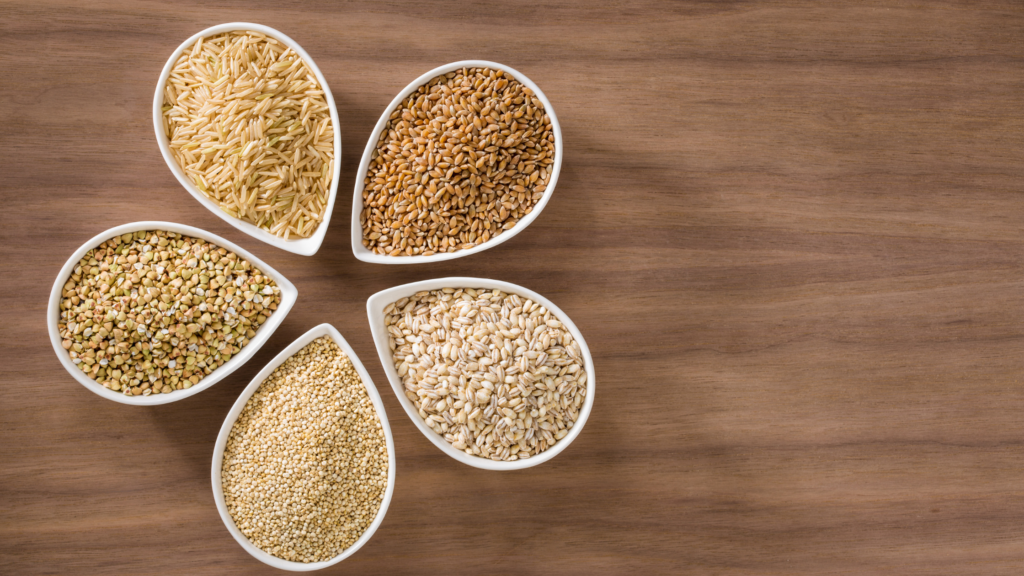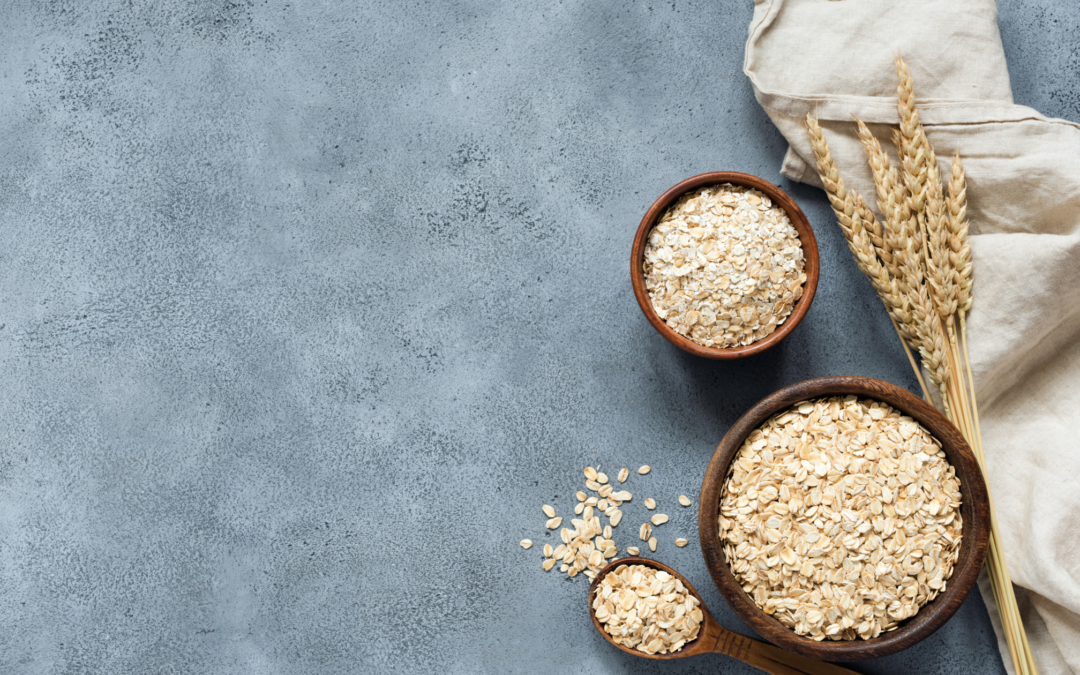As Summer fades into Autumn, our natural world subtly points us to the phenomenon of harvest and safe keeping. For centuries, man has turned to grains to support the nutritional needs of the entire family. In fact, about 10,000 years ago, wheat was being domesticated in the middle east. In today’s world, however, there is much confusion over grains. Are they healthy? Should you be gluten free? What if you have celiac disease? Should you be avoiding grains altogether? With so many differing dietary opinions and options out there, this National Whole Grains month, we decided to debunk the belief that all grains are bad. So what exactly are grains?
What is a grain?
Grains are small seeds that grow on grass like plants, called cereals. According to Healthline, common grains include, “corn, rice, and wheat. Other popular grains include barley, oats, millet, sorghum, and rye.” Other, non cereal grains include buckwheat and quinoa. The USDA’s My Plate program lists several common foods made with grains including “Bread, pasta, breakfast cereals, grits, and tortillas… popcorn, rice, and oatmeal …..” While there are many products that are part of the grains group, so how do you know what you should or should not be eating?

Not all grains are created equally
When evaluating how healthy grains are for you, it is important to look at how they are prepared. Grains will be either whole or refined. A whole grain, is composed of three parts of the grain seed: the outer layer or the bran, the nutrient rich germ, and the endosperm which contains carbohydrates and protein. Many of the known health benefits of grain come from the germ. The germ is that part of the grain that contains “carbs, fats, proteins, vitamins, minerals, antioxidants, and various phytonutrients”.
Differing from whole grains, for refined grains, the seeds are milled to create a softer, finer texture that lasts longer. However, within the milling process the bran and germ are removed. Some of the nutrients lost in this process include, “dietary fiber, iron, and many B vitamins”. While enriching the flour can add some of these nutrients back, it is still a processed flour that no longer includes important nutrients like fiber. When people refer to the negative health effects of wheat, especially those that impact one’s ability to digest their food, much of these effects (if not all) are a result of the type of grain used and how the grain processed. Many studies show correlations between refined grains and unhealthy consequences including spikes in blood sugar, heart disease, and inflammation and obesity.
What are the health benefits of whole grains?
According to recent studies, “Whole grains are linked to many health benefits. For example, adequate intake may protect against heart disease, diabetes, and colorectal cancer. These beneficial effects likely come from fiber and phenolic acids in whole grains.” According to the USDA, dietary fiber found in whole grains have also been shown to reduce blood cholesterol levels and for healthy bowel functioning. The magnesium and selenium found in whole grains helps with bone strength, energy, and they protect cells from oxidation. Whole grains have been seen to help our bodies gain and keep their strength which fosters a healthy immune system.

How is gluten involved?
It’s important to note that many people do have an intolerance and/or allergy to gluten. Gluten, a protein found in wheat, spelt, barely and rye, can have serious consequences for those with certain autoimmune conditions, particularly Celiac Disease. If you believe you may have an intolerance or allergy to gluten, make sure to speak with your doctor to learn more.
Look at your labels!
The best way to ensure you are eating whole grains is to check your nutrition labels and read the ingredients. Only products that say 100% whole grains contain all parts of the seed. As you strive to eat healthier, look for ways to include whole grain products in your normal balanced routine to support your whole health.


